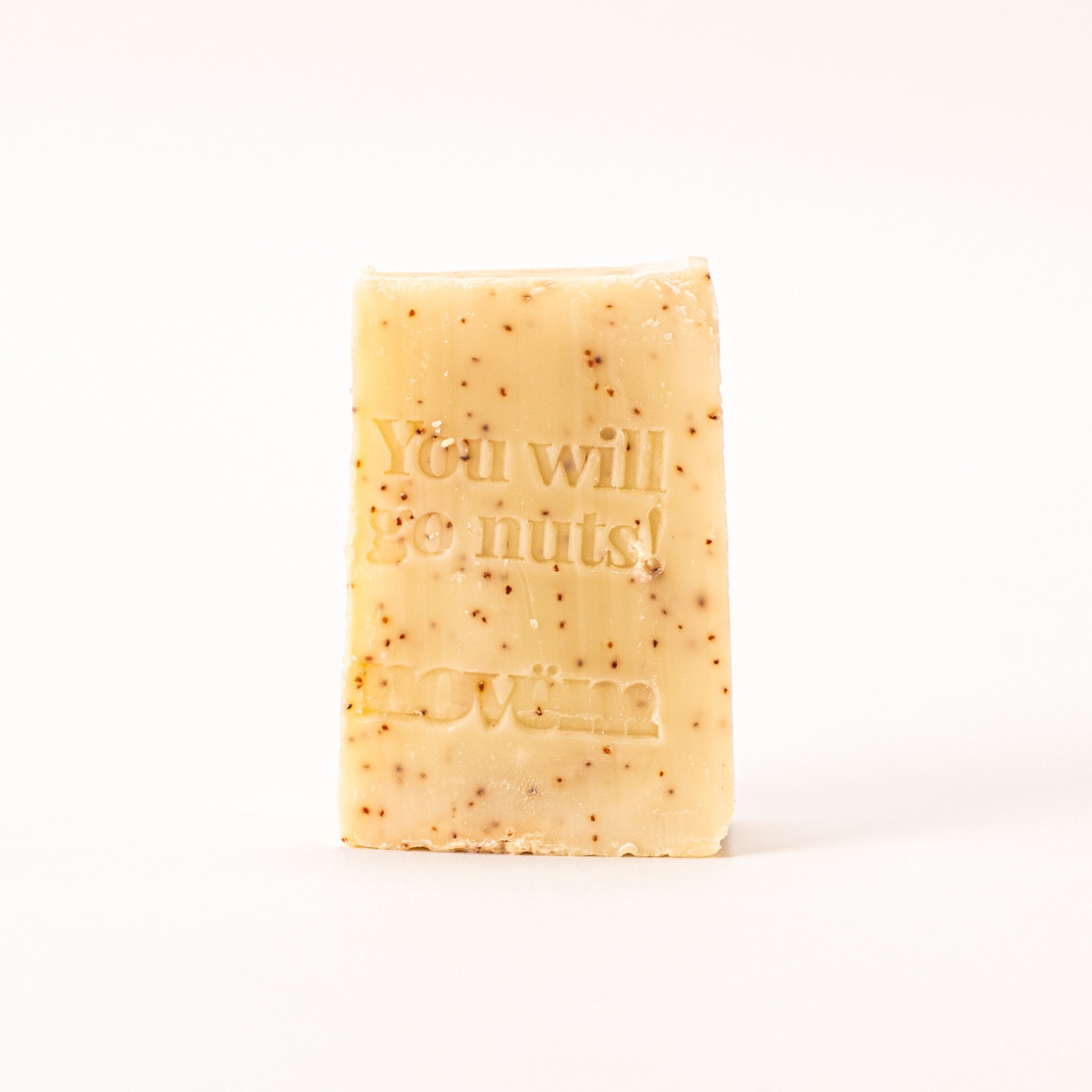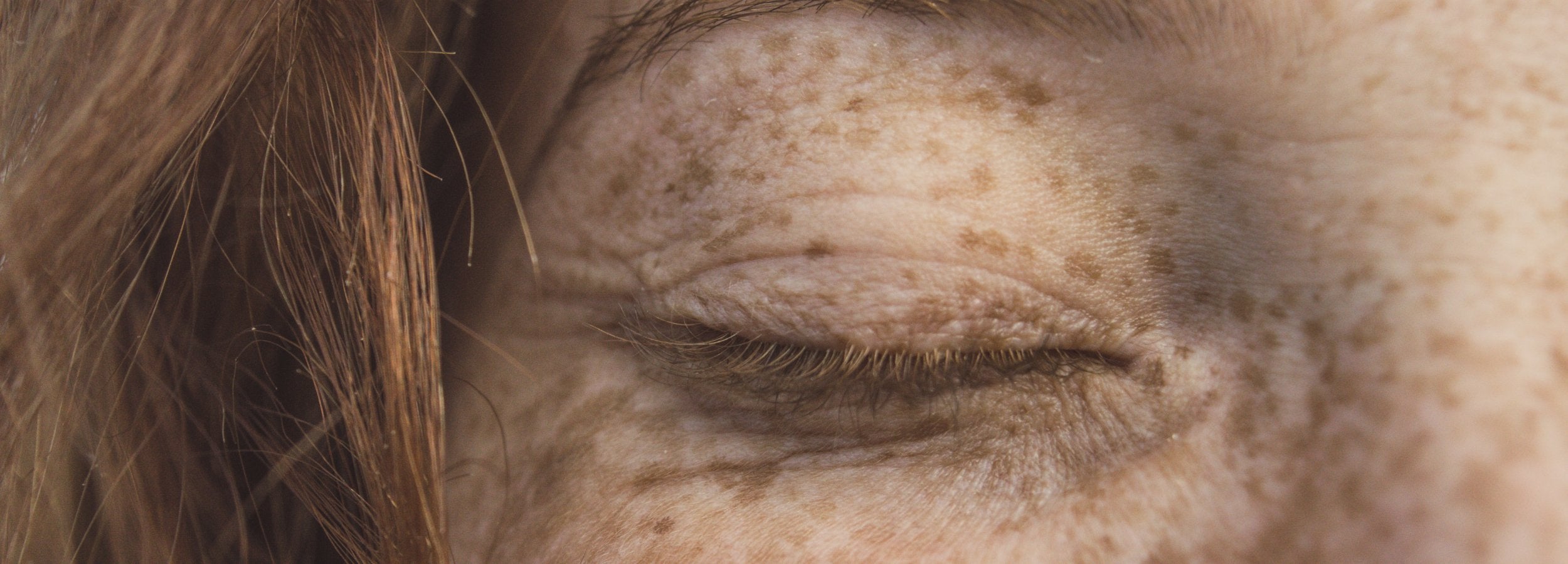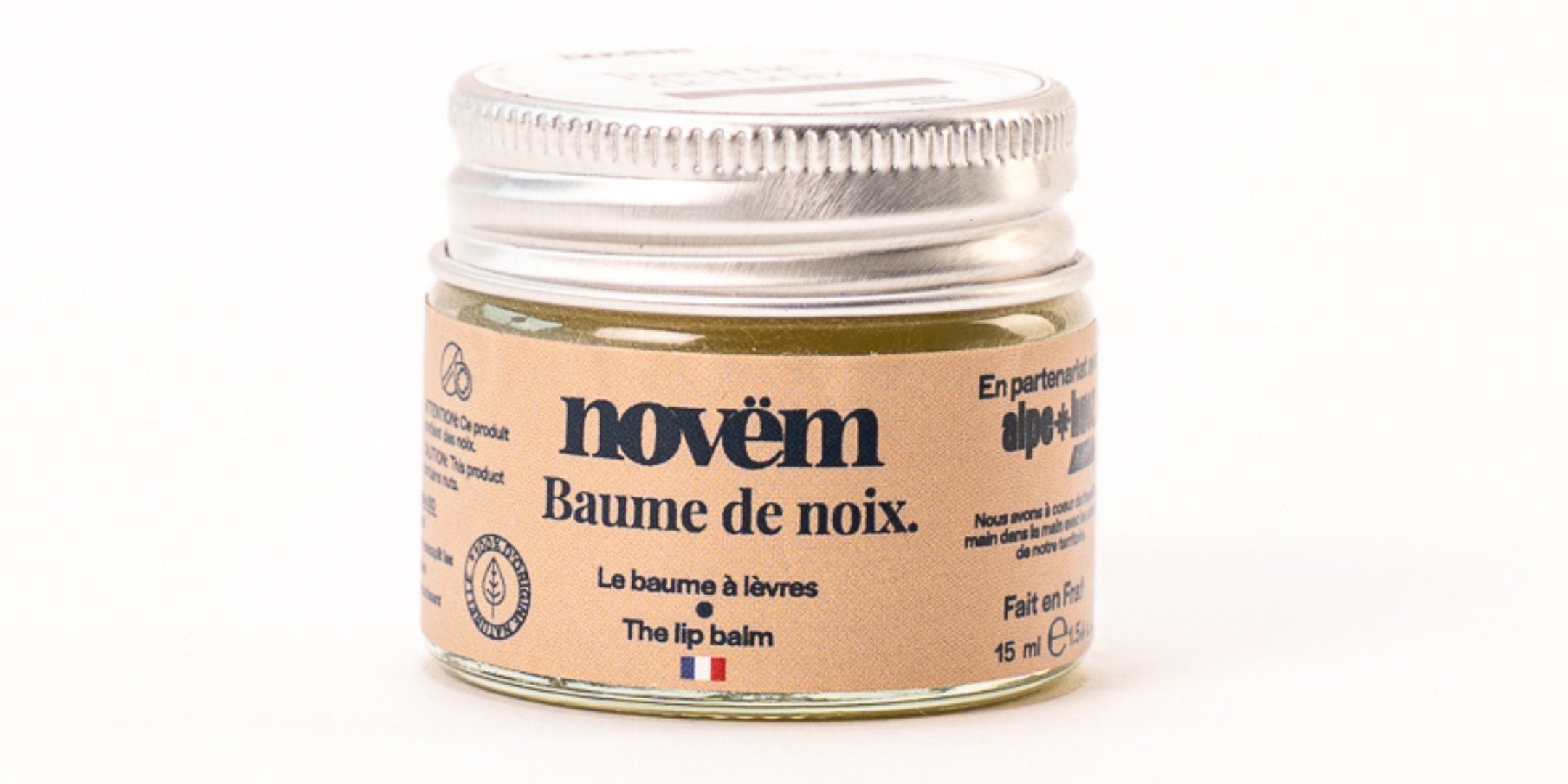The different skin types:
Dry skin :
Dry skin is characterized by a feeling of tightness , roughness and irritation . It may also be prone to itching and redness. Pores are generally barely visible and the skin may show flakes and cracks. Dry skin is often caused by a lack of sebum production, excessive exposure to harsh products, too low ambient temperature or a lack of hydration.Oily skin :
Oily skin is often characterized by excessive sebum production , making it shiny and oily. Pores are often larger and more visible. People with oily skin may have problems with blackheads, acne, and clogged pores. Oily skin is often caused by genetic factors, age, stress or hormonal imbalance.Normal skin:
Normal skin is balanced and does not have significant dry or oily areas. The skin is soft and smooth with barely visible pores. People with normal skin may also experience a slight shine in the T-zone (forehead, nose and chin). Normal skin is often the result of a healthy lifestyle, a balanced diet and regular hydration.Mixed skin :
Combination skin is a mix of oily and dry skin. The areas around the nose, forehead and chin often tend to be oilier, while the cheeks and around the eyes can be drier. People with combination skin may experience larger pores in the T-zone, blackheads, clogged pores, and shine issues. Combination skin can be caused by genetic factors, age, stress or hormonal imbalance.How to determine your skin type?
Determining your skin type is an important step in choosing the right skin care products and having a suitable skincare routine. Here are some simple steps to determine your skin type:1. Clean your face
Before determining your skin type, clean your face thoroughly with a gentle facial cleanser. Avoid harsh cleansers or soaps that can alter your skin's natural balance.2. Wait a few hours
After cleansing your face, wait a few hours before determining your skin type. This will allow your skin to return to its natural state and reveal its unique characteristics.3. Observe your skin
Observe your skin carefully to determine its type. Here are the features to look for:-
Oily skin
-
Dry skin
-
Combination skin
-
Normal skin
4. Repeat the process
If you're unsure of your skin type, repeat the process several times at different times of the day to get a more accurate picture.
It's also important to consider external factors that can affect your skin type, such as sun exposure, diet, stress, and using unsuitable skin care products.
Finally, if you have specific concerns about your skin, such as dark spots , acne , or wrinkles , consult a dermatologist for a professional diagnosis and advice on appropriate care for your skin type.
Routines adapted to each skin type
It is important to adapt your skincare routine according to your skin type for several reasons. But just before listing them, at Novëm we have a short range of treatments, but by making certain combinations you can adapt these Routines to each skin type.
Avoid skin problems
Each skin type has different needs. If you use products that are not suitable for your skin type, it may cause problems such as irritation, redness, rashes or blemishes. By using products suited to your skin type, you can help prevent these skin problems.Optimize results
Skin care products are designed to meet the specific needs of each skin type. If you use products that are not suitable for your skin type, you may not get the results you want. By using products tailored to your skin type, you can optimize results and achieve healthier, more beautiful skin.Prevent premature aging of the skin
Skin aging is a natural process, but using the wrong skin care products can accelerate the aging process. By using products tailored to your skin type, you can help prevent premature skin aging and maintain younger, healthier looking skin for longer.To save money
By using products that aren't suitable for your skin type, you risk wasting money buying products that don't work. By using products tailored to your skin type, you can save money by only purchasing products you actually need.
In summary, it is important to adapt your skincare routine according to your skin type to avoid skin problems, optimize results, prevent premature skin aging and save money. Take the time to determine your skin type and choose products that meet its specific needs to achieve healthier, more beautiful skin.
Do your skin diagnosis to find out which routine to use for your skin!



























